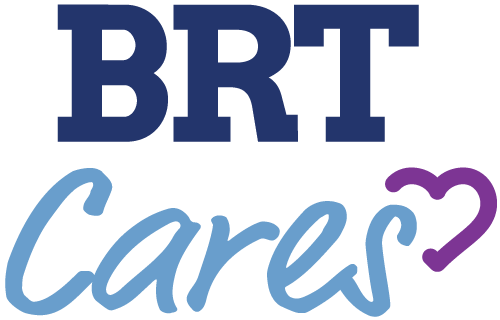Engagement & Advocacy: The Power of Real Time Student Authored Blogs on Your Performance Tour

Travel Notes
Our music program at Downers Grove North High School (IL) embraces the philosophy that learning is magnified exponentially when the walls of the traditional music classroom are expanded through group travel. For that reason, our Fine Arts Department schedules one national tour each school year, and one international tour every two years.
For the past ten years we have used technology (mainly Blogs and Social Medial tools) to drive tour related communication with our students and parents. When we announce a new tour we simultaneously launch a “tour blog” that is specific for our upcoming destination. We explain to our tour participants that all communication about the tour will be posted on our blog (powered by Blogger) and ask them to sign-up for blog updates via email or text messages (powered via Twitter.) This practice has allowed us to streamline our communication to families as we work through all the logistical details associated with a tour.
But the REAL power of the Tour Blog – our faculty has come to realize – is the impact that Student Blogging has on our community. Arguably more important than the logistical updates posted by faculty and staff prior to tour departure, parents and community members value and appreciate the perspectives shared by students while on tour.
How Do We Know This Is Important?
Statistics tell the story. On our recent tour to New York City, which included a feature concert by the Downers Grove North and South High School Bands at Carnegie Hall, our tour blog was viewed over 33,000 times. Users from the United States, Canada, Ireland, France, United Kingdom, Portugal, Cyprus, Russia, Singapore, Spain, Venezuela, and South Africa followed our journey and read blog posts that were authored by our students while on the road.
In addition to statistical data that affirms the power of student-blogging, we receive a tremendous amount of anecdotal feedback that our student-blog entries are valued by many constituencies. On our recent tour to Carnegie Hall, non-stop emails, Facebook messages, and Tweets flooded our collective in-box by community leaders, politicians, school-board members, and district administrators. During the bus ride home I was contacted by a Village Councilman who had followed our tour blog (through our linkage to Facebook) and shared that he had become “totally caught up” in the travels of our students, and had read every single post by our student writers. Because of this he was eager to invite our students to speak and be honored at an upcoming Village Council meeting because he wanted “the entire community to celebrate this great achievement.”
Organizing a Blog Team
Approximately three months before we leave on a tour, our faculty invites interested students to apply for membership on our “Blog Team.” Students fill out a short on-line survey that gives them the opportunity to express their interest and share why they feel they would like to contribute as a writer/photographer during the tour. (Example sign-up survey)
Once students complete the Blog Team application, our faculty reviews the applications and selects 8-10 students to represent the touring ensembles. We endeavor to select contributors that vary in age, gender, and instrument/voice part. From there we schedule a Blog Team meeting where we cover (in about 20-30 minutes) what we call “Blog etiquette.” We stress to students the importance of writing professionally, and representing our schools and district in a positive way. (Example of blogging etiquette guidelines)
The proliferation of personal technology in today’s world makes Blog contributing very easy for students. They may download Blogging apps from the iTunes Store or Android Market. Blogs may also be set up to allow students to submit posts via email.
Using “Labels” (a process where an author may ‘tag’ their entry with their name) allows us to create links on the Blog that direct readers to specific writers. On our blogs we create links in the margin that say “Through the eyes of …” and these URL’s allow the student blog posts to be sorted by author.
Student & Faculty Perspectives are the most Powerful Advocacy Statements
I firmly believe that the most effective arts advocacy happens while programs are thriving; not when they are in imminent danger. If educators wait to advocate for the importance of arts education until their programs are in danger of being cut or dismantled in some way, then they have lost the most powerful opportunity to leverage public opinion with community and regional decision makers. I want our local Board of Education members, local politicians, and school administrators actively engaged in our successes as they are unfolding. There is no better way – in my view – to accomplish this than to merge student and faculty perspectives with technology tools and push out “testimonials” to thousands upon thousands of local community members. (Faculty sample & Student sample)
Brayer Teague currently serves as the Fine Arts Department Chairperson at North High School, and is the President-Elect of the Illinois Music Education Association. He has been recognized five times by the Marquis “Who’s Who in American Teaching” and in 2001 was named a Golden Apple Scholar finalist. In 2008, Mr. Teague received the Chicagoland Outstanding Music Educator Award, and in 2010 he earned distinction as a National Board Certified Teacher. A graduate of Northwestern University in Evanston, IL (B.MusEd) and the University of Michigan in Ann Arbor, MI (M.MusEd), Mr. Teague is an advocate for expanding the walls of the traditional arts classroom through music performance tours. In addition to a bi-annual music and cultural exchange program he coordinates with a musikschule in Bietigheim-Bissingen, Germany, Mr. Teague has led student music tours to Ireland, England, Italy, France, Austria, the Czech Republic, Canada, and a host of cities in the United States.
Newsletter: Get helpful tips and performance group travel news:
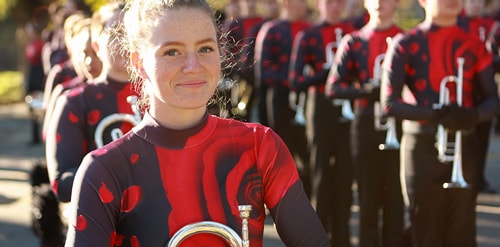
Performance
Group Travel
Performance group travel has been the heart of our business since 1981.

International
Group Travel
Learn about the eye-opening experiences that international travel offers.
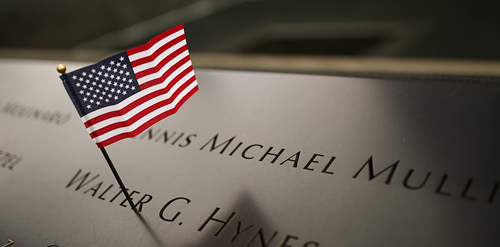
Educational
Group Travel
Student group travel brings learning to life.

Group Travel
Destinations
Discover some of our most popular student-friendly destinations.
Parades & Events:
The art of performance travel perfected.
Parents & Students:
Build friendships. Explore new places. Make memories.
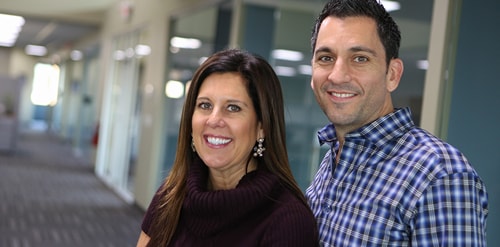
About Us
We craft travel experiences that allow you to share the world with your students.

Our Company
Learn more about our history, our values and our commitment to serving your needs.
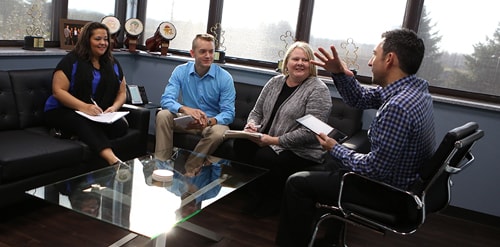
Our Team
Good people and great relationships are the keys to perfect travel experiences.

Technology
Our tools make traveling with a group easier, safer and more efficient.
